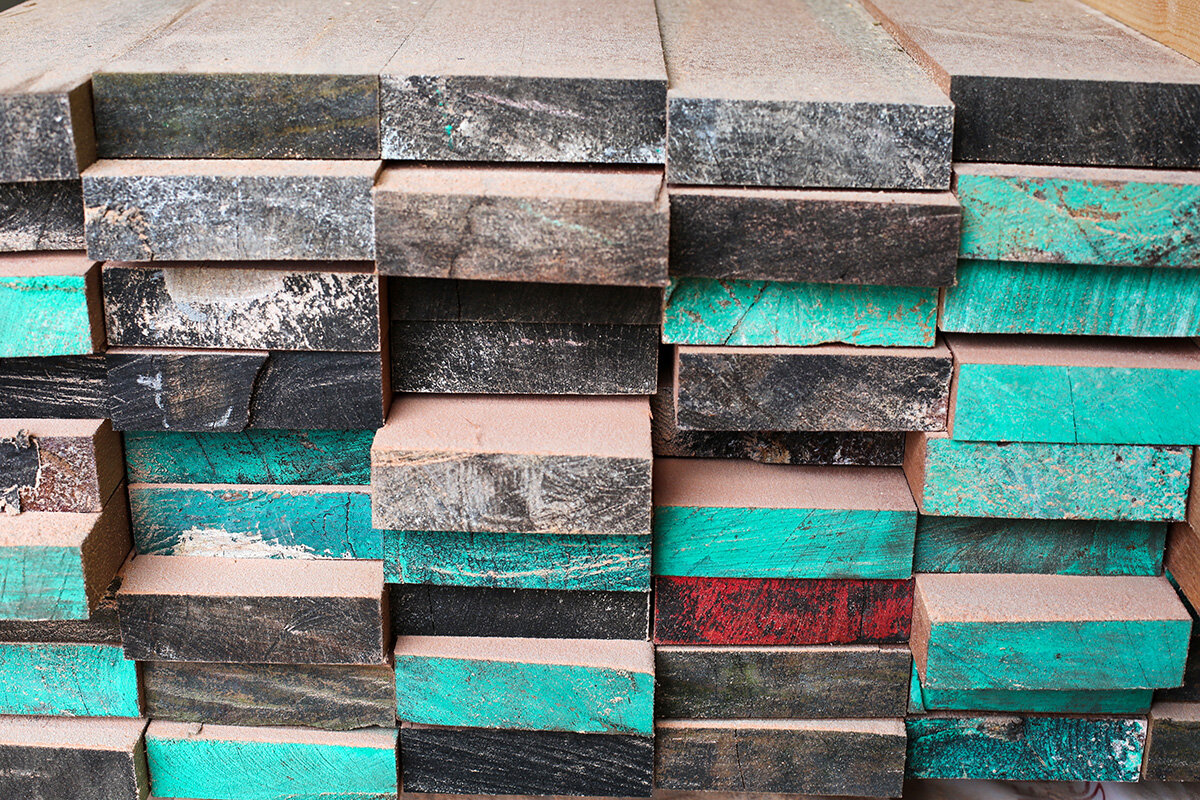
Toolbox Talk: Chemically Treated Lumber
Chemically treated lumber can resist rot, fungus, mold, and insects. It is a popular building material at home and the job site because it is readily available and competitively priced. However, the chemicals used to treat this lumber make it a hazardous substance that can be toxic to humans and animals. These chemicals can also pollute the water and air if the lumber is burned.
Because the chemicals used to treat lumber are applied under pressure and forced deep into the wood, the hazards may persist for many years. This means that when you use chemically treated lumber you should treat it like you would any other hazardous chemical. Some of the basic safeguards are as follows:
• Always obtain a Material Safety Data Sheet (MSDS) with the chemically treated lumber you purchase and follow listed safety precautions.
• Wear an appropriate respirator when cutting lumber and producing dust.
• When cutting, always use eye protection to prevent irritation or injury from flying particles.
• Wear protective clothing and gloves to protect your skin from chemical absorption.
• Wash contaminated work clothes separately from other family laundry.
• Work outdoors when cutting or sanding chemically treated lumber and producing dust.
• Thoroughly wash your skin after working with chemically treated lumber, especially before smoking, eating, or drinking.
Never use chemically treated lumber on exposed surfaces of tables, chairs, counters, or other places where it can come into contact with food, water, or animals.

